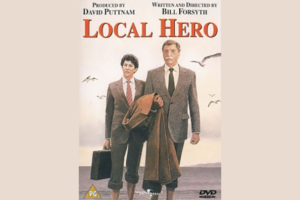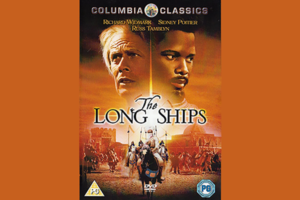Arthur Fellig, better known as Weegee, was a pioneering photojournalist and documentarian who captured the gritty, raw, and often disturbing reality of New York City in the 1930s, 1940s, and 1950s. His photographs, which depicted crime scenes, fires, accidents, and other everyday incidents, were characterized by their raw, unflinching honesty and their ability to convey the harsh realities of life in the city.
Weegee was born on June 12, 1899, in what is now modern-day Ukraine. His family emigrated to the United States when he was a young boy, and he grew up in New York City. As a teenager, he became interested in photography and began working as a press photographer, covering events and news stories for various publications.
In the 1930s, Weegee began working as a freelance photographer, focusing on crime and disaster scenes in the city. He was known for his ability to arrive at the scene of a crime or disaster before the police or other emergency responders, and his photographs often captured the raw, unvarnished reality of the situation. Weegee’s photographs were characterized by their stark, candid style and their ability to convey the chaos and desperation of the events he documented.
One of Weegee’s most famous photographs is “The Critic,” which depicts a man who has just been hit by a car. The photograph shows the man lying on the ground, his body contorted in pain, as a crowd gathers around him. The photograph is notable for its raw, candid style and its ability to convey the pain and desperation of the moment.
In addition to his photographs of crime and disaster scenes, Weegee also documented the everyday life of the city. He took photographs of street vendors, children playing in the streets, and other ordinary people going about their lives. These photographs were notable for their ability to capture the essence of the city and the people who lived there.
Weegee’s photographs became popular in the 1940s and 1950s, and he gained a reputation as one of the most important photojournalists of his time. He published several books on his photographs, including “Naked City” and “The Naked City,” which became bestsellers. In addition to his work as a photographer, Weegee also worked as a filmmaker and a writer, and he made several short films and wrote several books about his experiences as a photojournalist. Weegee appeared in The Setup (1949) as the timer/bellman during a boxing match.
Despite his success, Weegee remained controversial, and his photographs were often seen as sensationalistic and exploitative. Some critics argued that Weegee’s photographs glorified violence and suffering and that he was more interested in sensationalizing crime and disaster scenes than in documenting them objectively.
Despite these criticisms, Weegee’s photographs continue to be admired for their raw honesty and ability to convey the harsh realities of life in the city. His work has inspired countless other photographers and documentarians, and his legacy as a pioneer of photojournalism continues to be celebrated today.










Leave a Reply
Your email is safe with us.